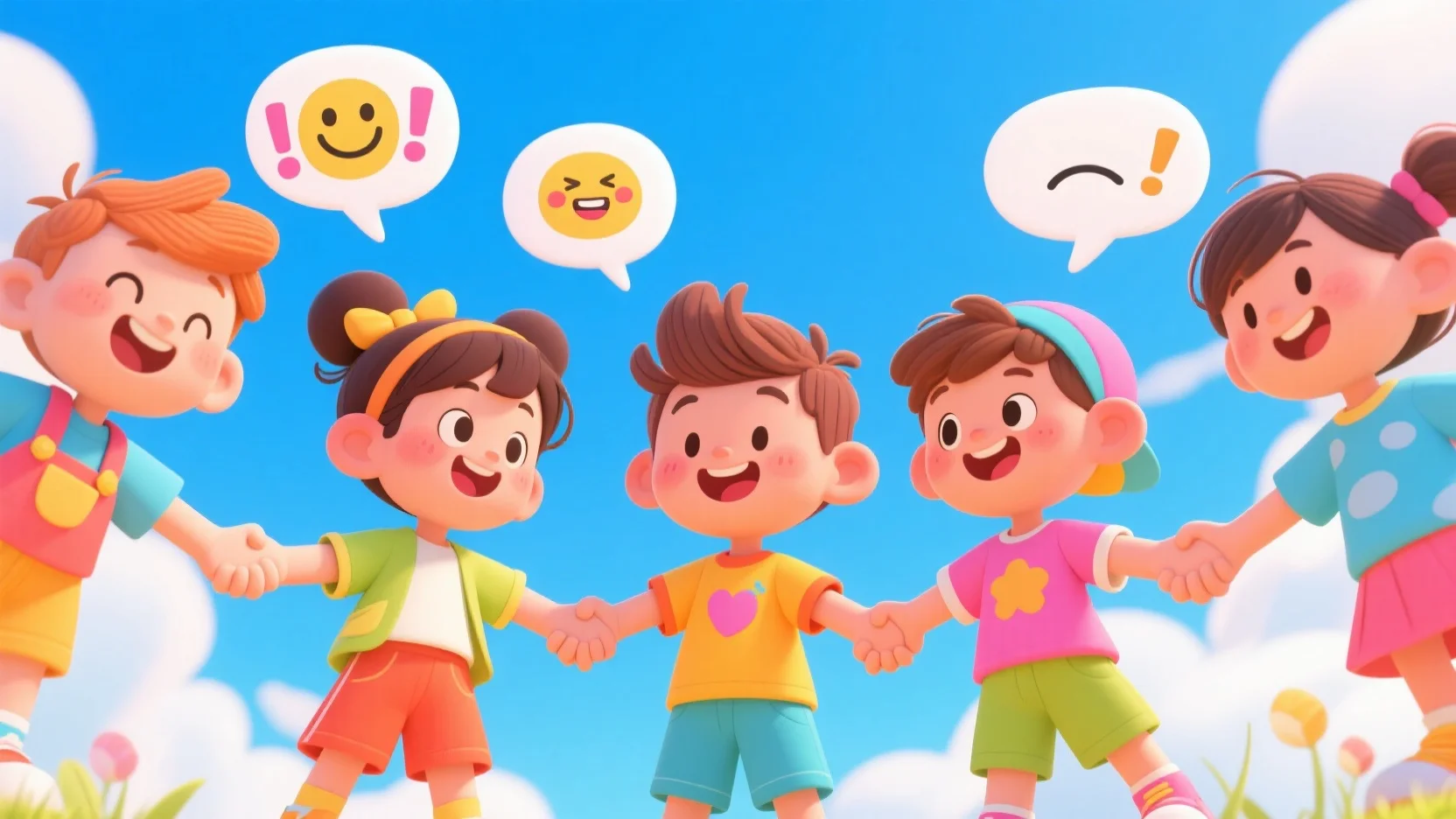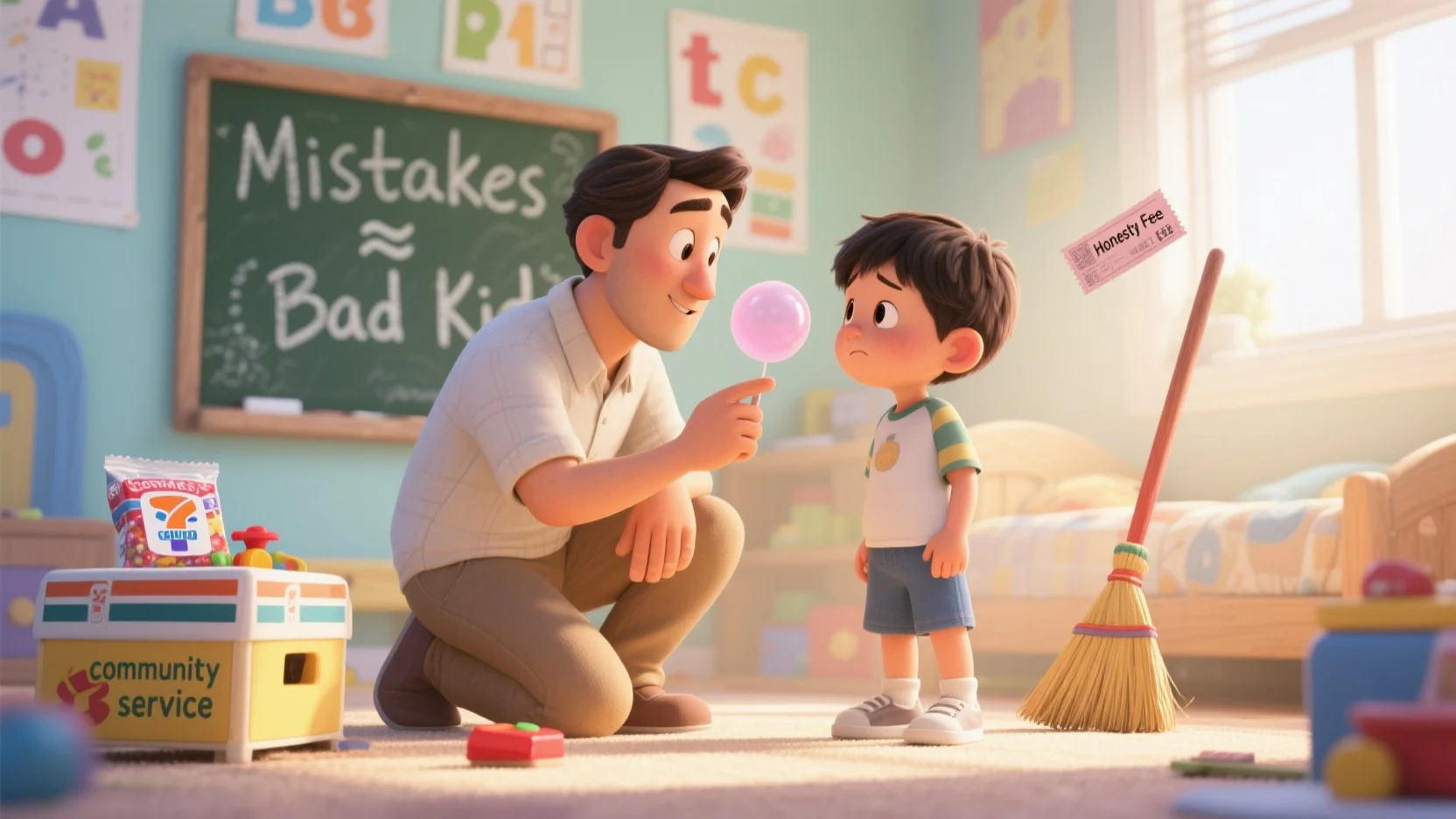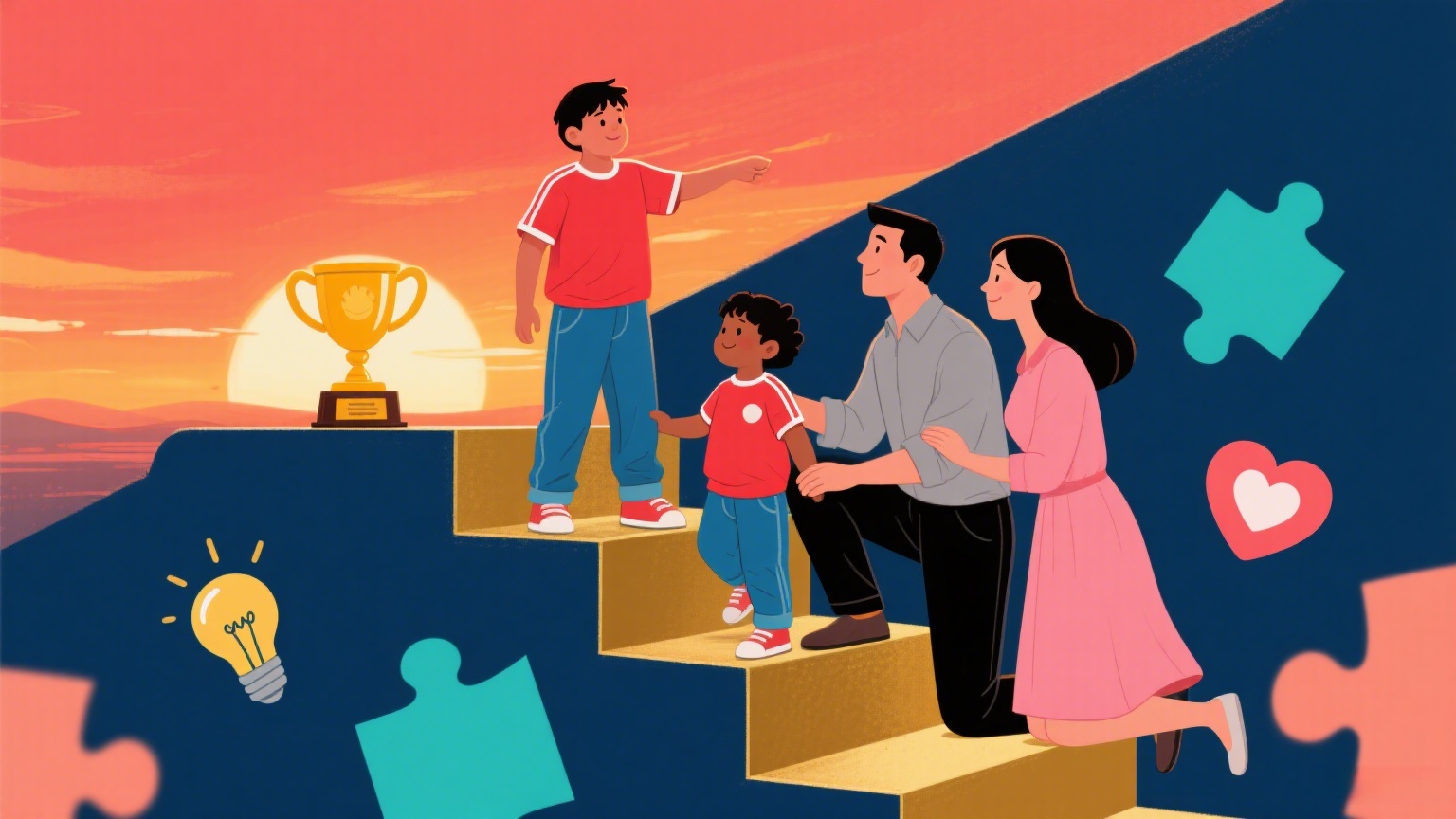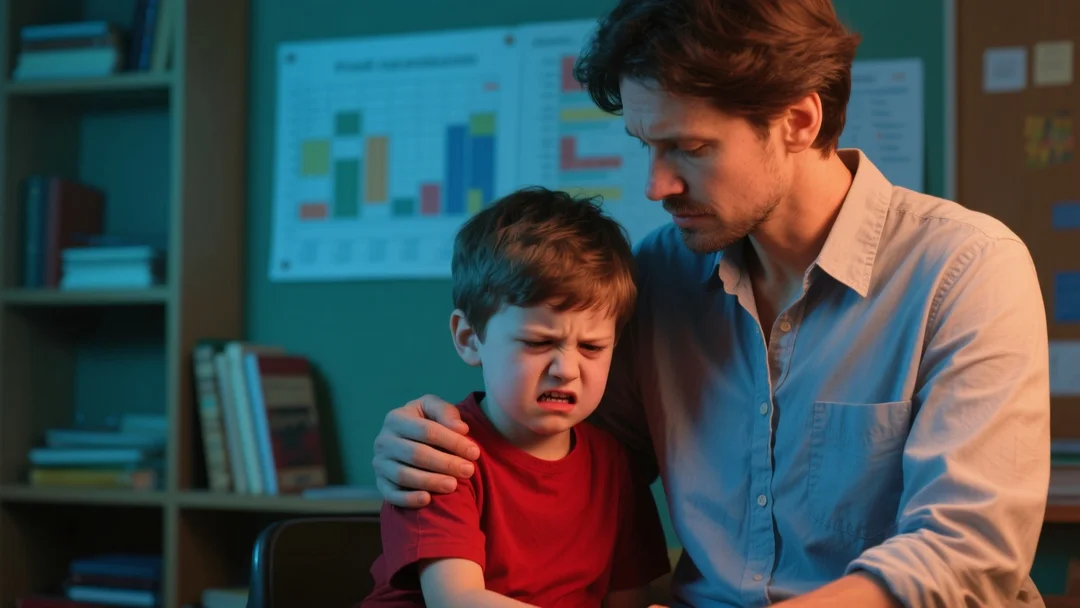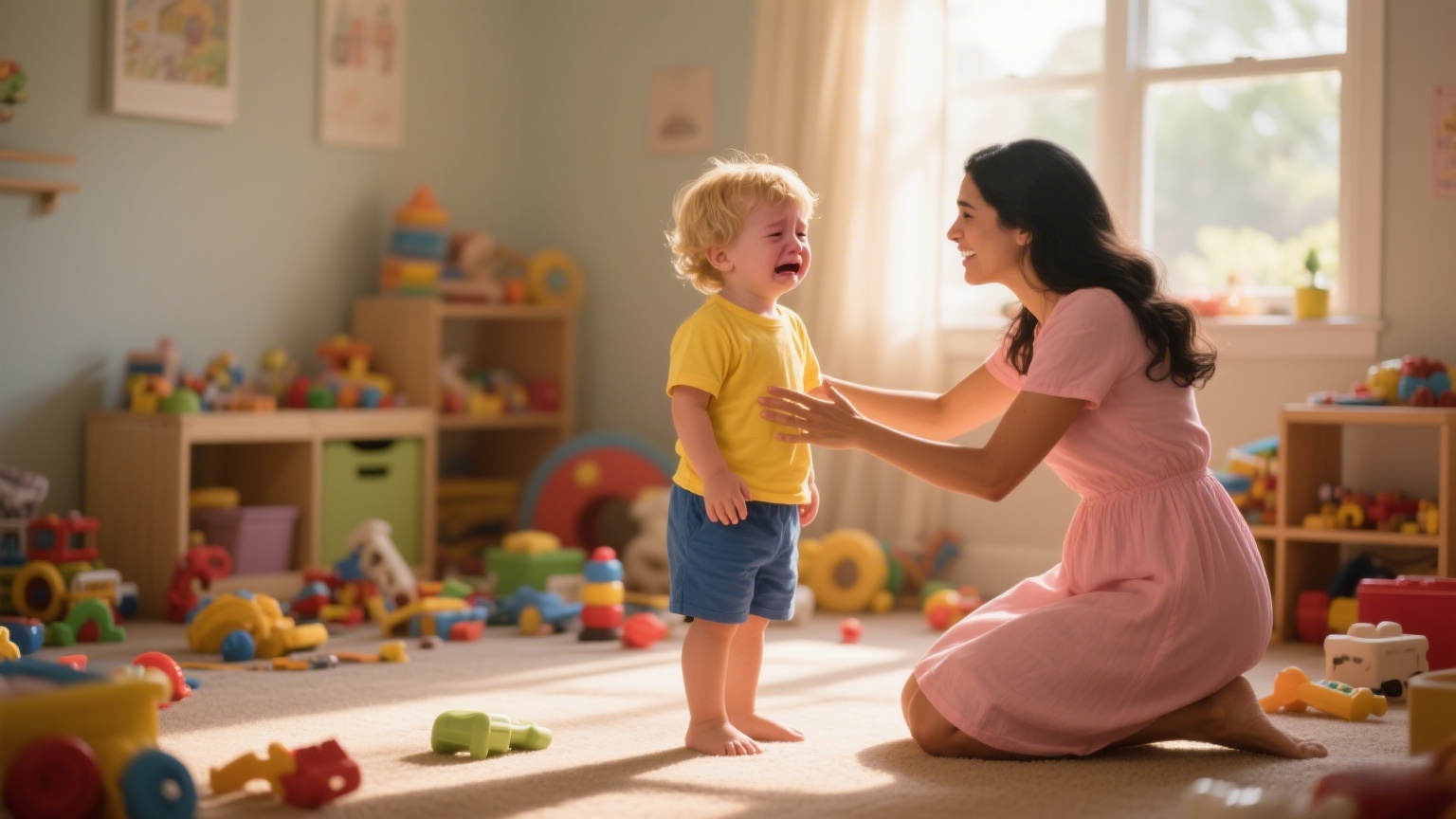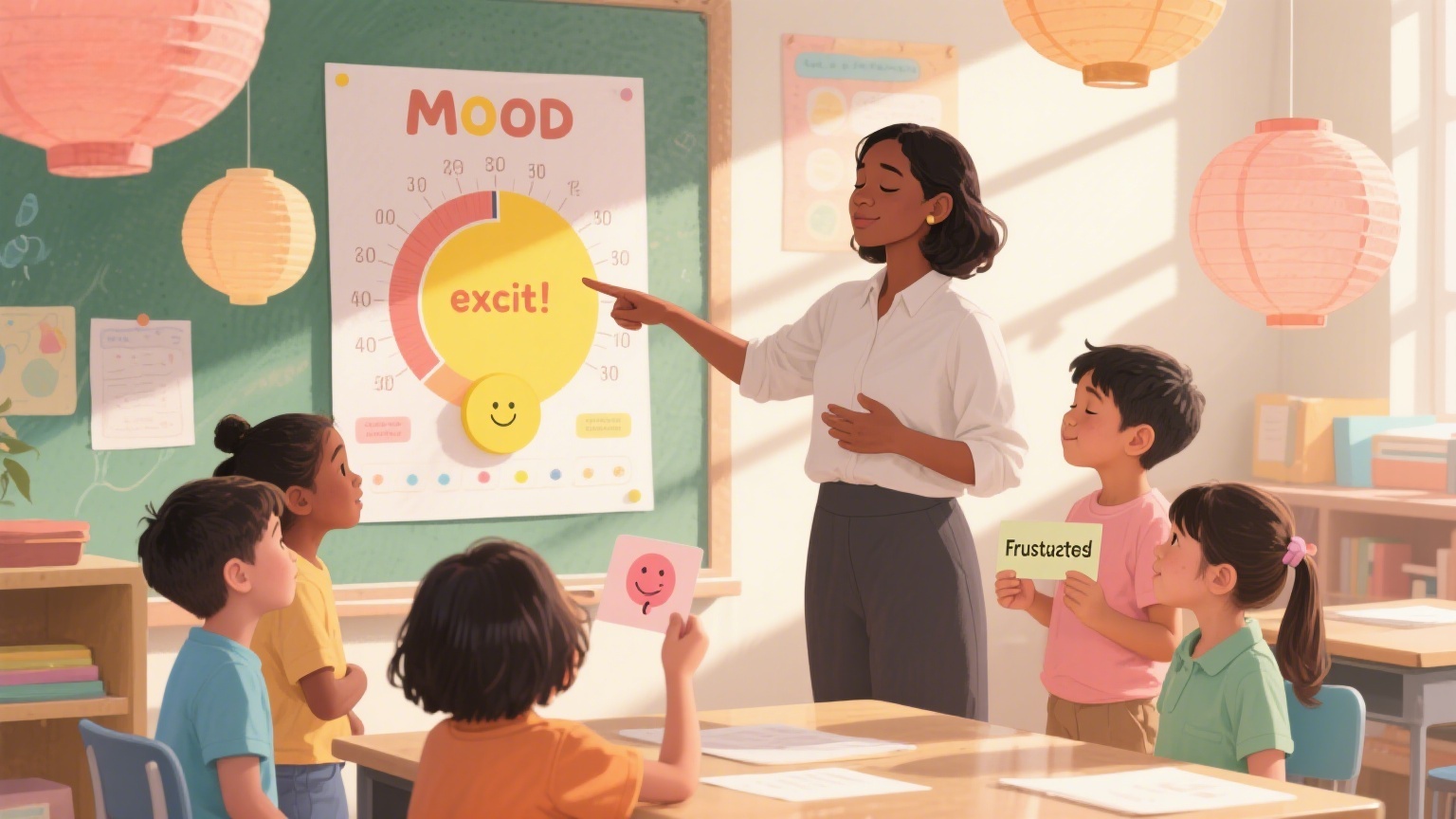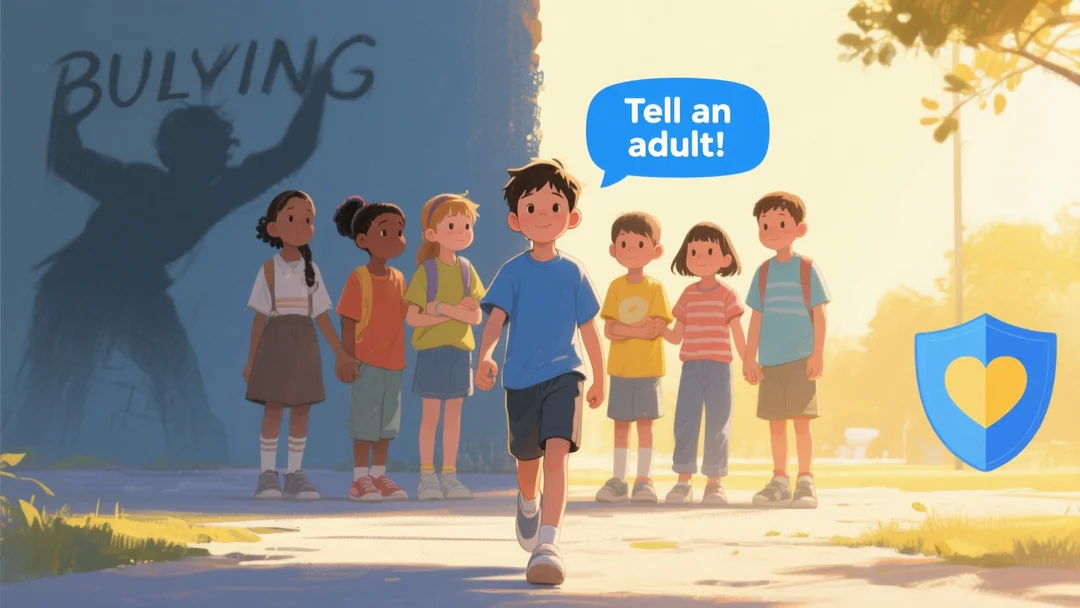Friendships play a vital role in childhood development, helping kids build confidence and independence beyond their family circle. However, not all social groups are created equal.
Friendship Groups vs. Cliques
Friendship groups form naturally through shared interests, activities, or proximity. These connections are flexible—members can interact with others outside the group without fear of exclusion.
Cliques, however, operate differently. They often have strict hierarchies, with a few leaders controlling group dynamics. Members may:
- Feel pressured to conform to specific behaviors, styles, or attitudes
- Face ridicule for associating with outsiders
- Engage in risky actions (bullying, exclusion, or even rule-breaking) to maintain status
Why Cliques Can Be Harmful
While seeking acceptance is normal, cliques can create long-term issues when:
- Kids compromise their values to stay in the group
- Exclusion leads to isolation or low self-esteem
- Group norms promote bullying, discrimination, or unhealthy habits
How Parents Can Help
If your child seems distressed or isolated, open a conversation about their social experiences. Watch for signs of exclusion or pressure to conform. Schools can also be a resource—guidance counselors may have programs to encourage inclusivity.
Building Healthy Friendships
Encourage your child to:
✔ Choose friends who share their values—not just popularity
✔ Stay true to themselves—even if it means standing alone
✔ Be kind and inclusive—real friendships thrive on mutual respect
True belonging isn’t about fitting into a rigid group—it’s about finding connections where they can be themselves. The healthiest friendships are built on trust, not control.

